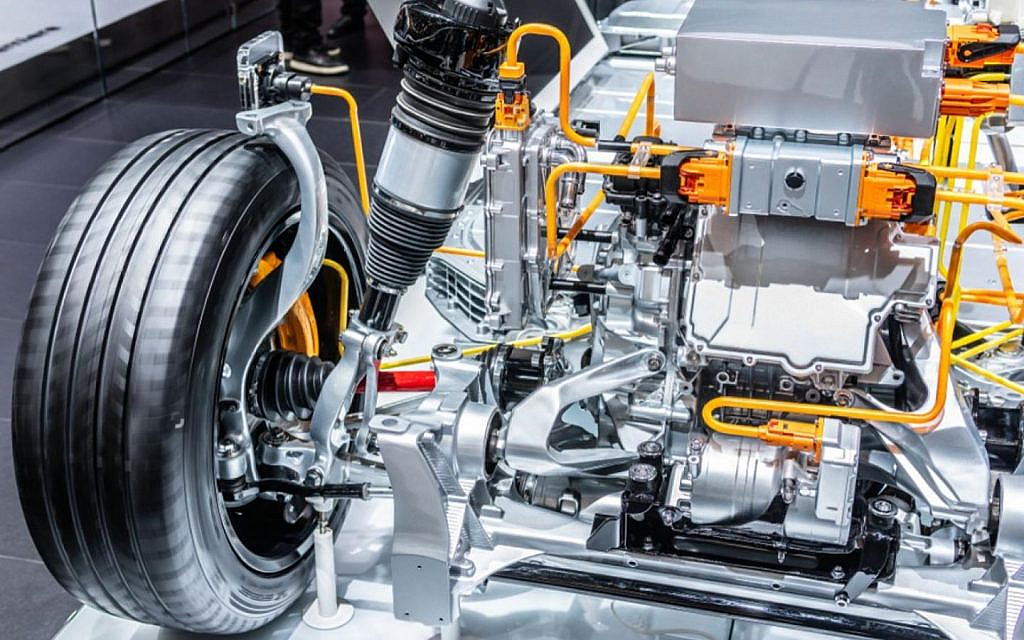Technologically Advanced Features in Cars: 2025 Guide
The automotive industry in 2025 has stepped into a new era of technological advancement. Manufacturers are integrating safety, driver assistance and comfort features powered by artificial intelligence, electrification and digital connectivity. From safer battery technologies to predictive maintenance systems, the 2025 car tech innovations are setting new benchmarks in manufacturing, safety, comfort and driver assistance.
2025 Car Tech Innovations
Several new car technologies have emerged in 2025, enhancing vehicle efficiency while improving driver assistance and comfort to elevate the overall driving experience. The following are some of the key car tech innovations of 2025 that are defining the standard of modern vehicles.
Lithium Iron Phosphate (LFP) Batteries
Lithium Iron Phosphate (LFP) batteries represent a major advancement in the electric vehicle sector. Their cell-to-pack design makes them highly resistant to heat and impact, significantly lowering the risk of fire incidents linked to battery failures.
With lower thermal resistance, reduced wear from the phosphate lattice structure and a robust design, LFP batteries deliver longer lifespan, improved efficiency and higher output. BYD’s Blade Battery, introduced across many of its 2025 models, is a leading example of LFP batteries.

Intelligent 360° Camera
The intelligent 360° camera is one of the standout car tech innovations of 2025, enhancing safety as well as convenience. Using multiple car sensors, cameras and AI-powered predictive analysis, the system provides drivers with a comprehensive view of their surroundings.
It can detect and differentiate between objects and deliver improved visibility in low-light or night-time conditions. Moreover, its real-time data enables predictive collision warnings, marking a significant step towards the future of smarter and safer mobility. This feature is available in models such as the Mercedes-Benz EQS and the 2025 Cadillac Escalade.
PM2.5 Cabin Air Purification Technology
The PM2.5 cabin air purification system is designed to capture particles as small as 2.5 micrometres in diameter, ensuring a cleaner and healthier in-car environment. Recent advancements include cabin air ionisation, which electrically charges airborne particles to further improve air quality.
Modern systems now feature advanced sensors that monitor air quality both inside and outside the cabin. These sensors automatically adjust airflow and recirculation to maintain optimal freshness.
In addition, the air purge function allows remote cabin purification, enabling drivers to refresh the air before even stepping inside the car. Models such as the 2025 Volvo XC90 come equipped with this technology.
Real-Time Adaptive Control of Electric Motors
The real-time adaptive control of electric motors works similarly to the intelligent AWD in conventional cars. The real-time adaptive control adjusts the motor’s performance as per the driving conditions and drivers’ behaviour. The system uses real-time data and AI to optimise torque, speed and energy consumption.

Transparent Hood
The invisible or transparent hood is an advanced technology feature that projects a real-time view of the terrain beneath the front of the vehicle. Using cameras and sensors, the system recreates the area normally hidden by the bonnet and displays it on the infotainment or driver display.
Activated at low speeds, this feature helps drivers identify obstacles and navigate challenging terrains conveniently. The feature is available in a wide range of vehicles, including the latest Mercedes-Benz GLC Coupe.
FAQs
How does augmented reality improve in-car navigation in 2025 vehicles?
AR overlays directions, lane guidance and hazard alerts directly onto the driver’s view, making navigation more intuitive and reducing the driver’s distraction.
What are the benefits of solid-state batteries in electric cars?
They offer higher energy density, faster charging, longer lifespan and improved safety compared to conventional lithium-ion batteries.
Are biometric systems replacing traditional keys in 2025 cars?
Yes, many 2025 models utilise fingerprint or facial recognition for access and start, although key fobs are also present as a backup.
These 2025 car tech innovations are redefining industry standards, establishing new benchmarks in safety, intelligence and convenience. From cutting-edge camera systems to advanced AI integration, these features have become core elements of a car, shaping the future of driving. Many of them are now available in both new and used cars for sale in the UAE. However, it is advisable to check their functionality carefully before purchasing, as repairing or replacing such systems can be costly.
Beyond these advanced innovations, there are also some must-have features to look for in cars that every driver should consider.
Stay connected with dubizzle’s auto blog to learn about adaptive cruise control with a stop-and-go function.
Comments
Post a Comment